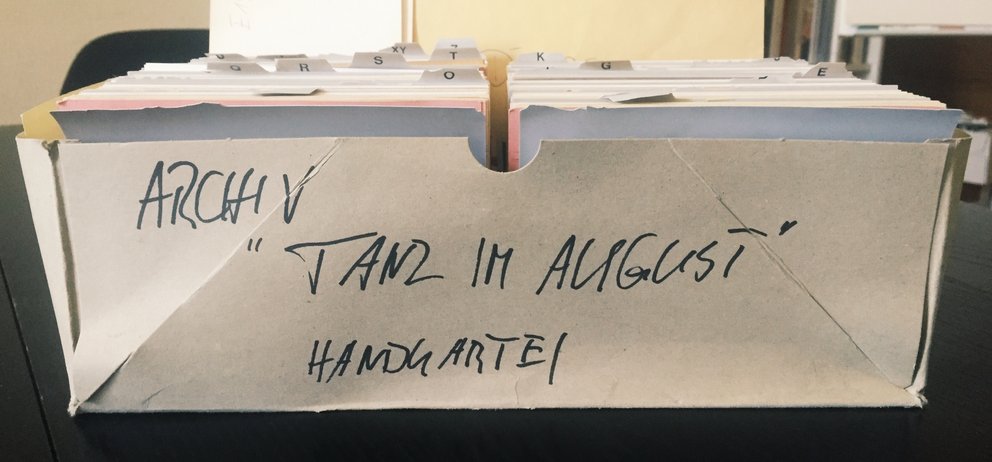30 years of Tanz im August? What was it like? Who? Where? When? Searching, searching, perhaps finding something, searching again, finally finding something worthwhile and then unpacking it… Wouldn’t a visit to the archive have been useful? No, because there is no archive that documents the history of Tanz im August. No time, no people, no money – the usual. There are, however, cardboard boxes stashed in a number of locations (at HAU Hebbel am Ufer, in private archives, and in the memories of the protagonists); there are catalogues and folders in other archives, such as those of the Akademie der Künste; there are photographers with their own archives; and the Mediathek for Dance and Theatre in the Internationales Theaterinstitut/Mime Centrum, a place that was never conceived of as an archive, but ended up becoming one…
Archive in the making
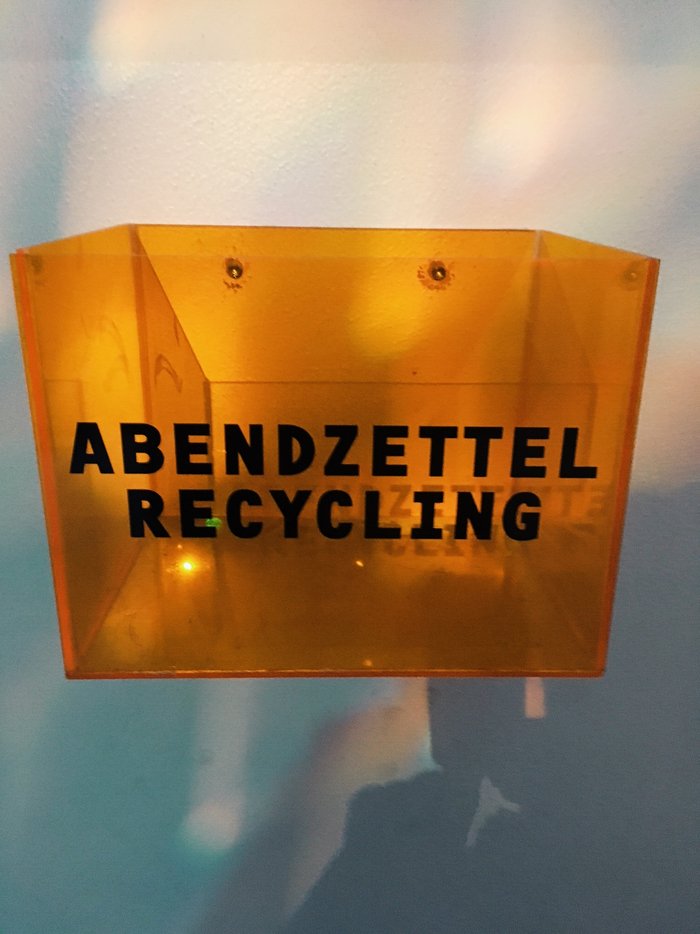
Quote Thilo Wittenbecher, Project Manager Mime Centrum
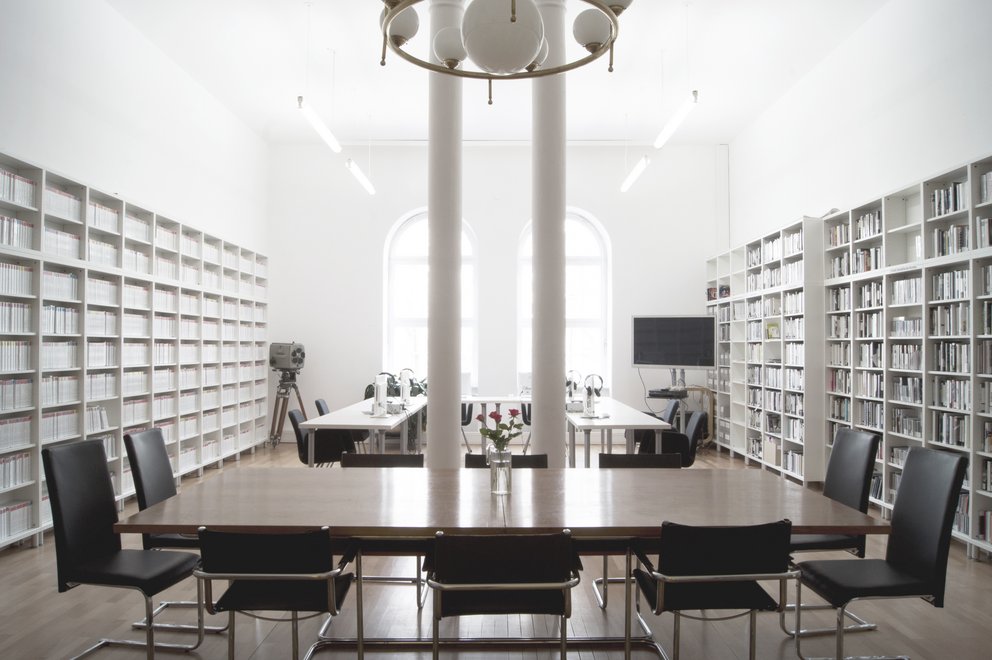
There are many key figures who have the history of the festival stored in their own heads, such as Claudia Feest, co-founder of Tanzfabrik:
Quote Claudia Feest
No one really knows what happened over the past 30 years of the festival, nor what has been forgotten or lost of it:
“The archive is not some warehouse from which items can simply be accessed at will; it is always an absence.“ (Arlette Frage: Der Geschmack des Archivs)
Yes, why exactly is the 2001 programme booklet missing? All the others are there… we’ll find it though, there’s no doubt about that… time to search… ask around…
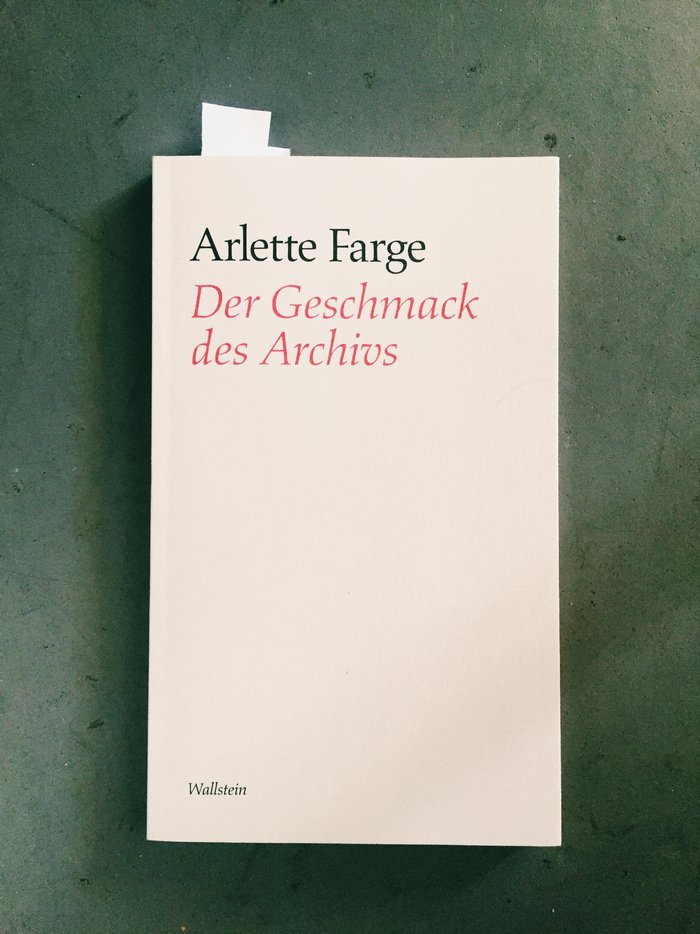
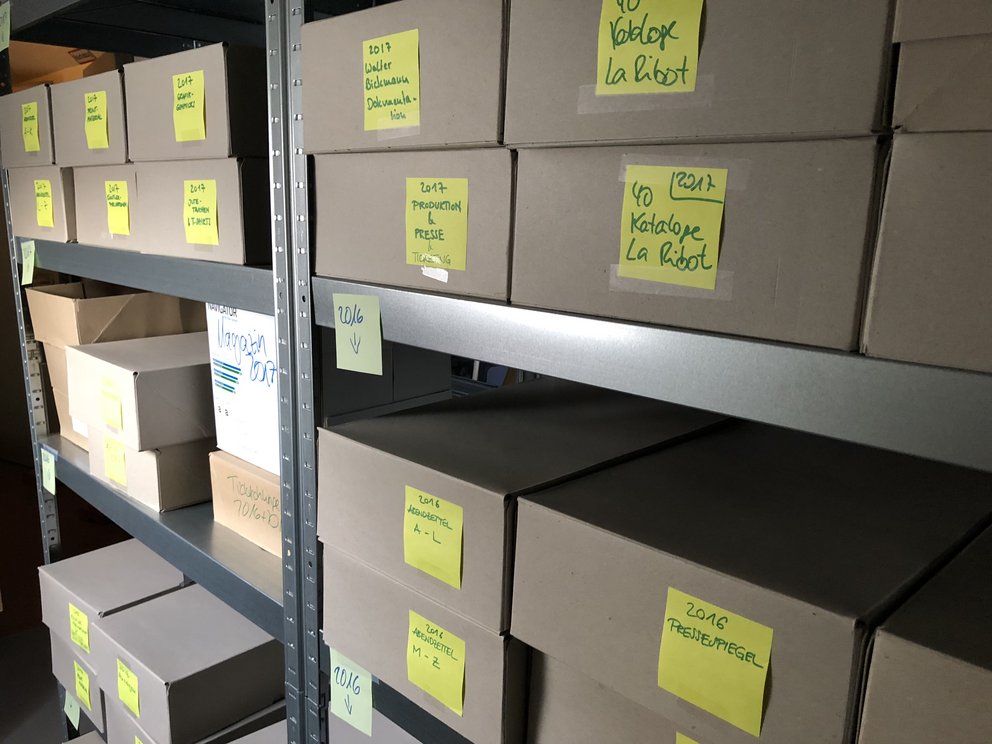
We make phone calls, send emails, rummage through disorganised cardboard boxes, examine programme booklets, manuscripts, articles, films and collections of photos. Patience is required. Chance finds come to the rescue. We get lucky. Over a period of months, a network emerges. More and more people get involved, additional locations are added. By sifting through the history of the festival, we also discover the history of the old West Berlin.
The grey cardboard boxes that we’ve gathered together have started to fill up and the festival archive can now be fed.

